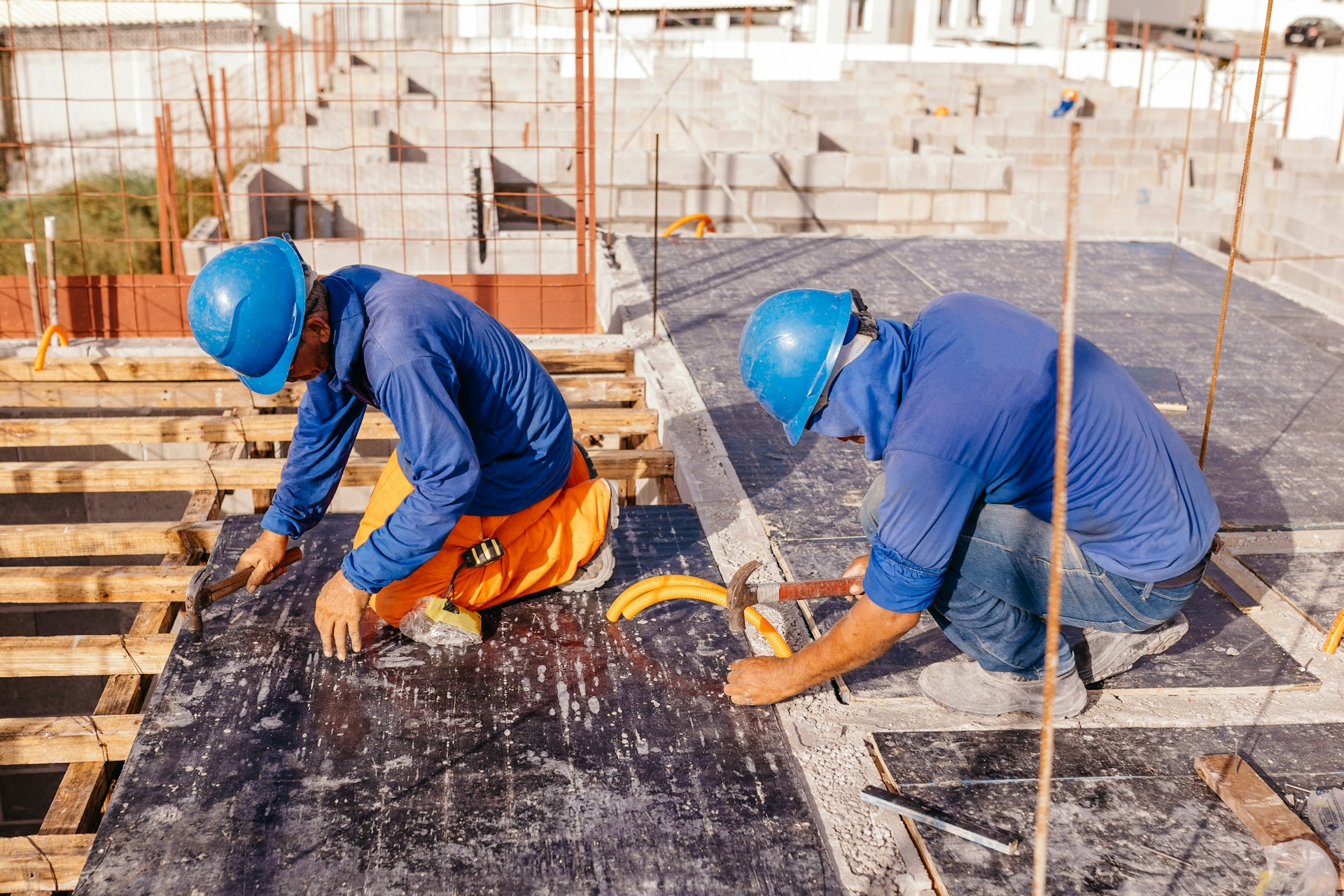
The Benefits of Piled Underpinning for Foundation Stability
Foundations are the unsung heroes of any building, quietly bearing the brunt of structural weight and environmental stress. When foundations falter, the stability of the entire structure is at risk. One effective method to address foundation issues is piled underpinning.
Understanding Piled Underpinning
Piled underpinning involves driving piles deep into the ground beneath the existing foundation to provide additional support. This technique is particularly useful in situations where the soil conditions are not adequate to support the foundation, or when the foundation itself has been compromised.
Key Benefits of Piled Underpinning
Enhanced Load-Bearing Capacity
Piled underpinning increases the load-bearing capacity of the foundation by transferring the weight of the structure to deeper, more stable soil layers. This is especially crucial in areas with weak or unstable surface soils.
By anchoring the foundation to a more stable substratum, piled underpinning minimizes settlement issues, preventing uneven floors and cracks in walls.
Versatility and Adaptability
Piled underpinning is effective in diverse soil conditions, from sandy to clayey soils, making it a versatile solution for different geographic locations.
This method can be used for a wide range of structures, including residential buildings, commercial properties, and historical structures, ensuring stability across various types of buildings.
Long-Term Durability
Piles are often made from materials that resist corrosion and decay, ensuring the underpinning system remains effective for an extended period.
Once installed, piled underpinning requires minimal maintenance compared to other foundation repair methods, providing a cost-effective long-term solution.
Environmental and Safety Considerations
Piled underpinning requires less excavation than traditional underpinning methods, minimizing disruption to the surrounding environment and reducing the risk of damaging nearby structures.
By providing a stable foundation, piled underpinning reduces the risk of structural failure, enhancing the overall safety of the building.
When to Consider Piled Underpinning
Recognizing the signs of foundation problems early can save you from costly repairs down the line. Here are some indicators that piled underpinning might be necessary:
- Cracks in Walls and Floors – Noticeable cracks, especially those that continue to widen, are a common sign of foundation issues.
- Uneven or Sloping Floors – Floors that slope or feel uneven may indicate that the foundation is settling unevenly.
- Sticking Doors and Windows – If doors and windows become difficult to open or close, it might be due to foundation movement.
- Water Damage – Persistent water pooling around the foundation or in the basement can weaken the foundation over time.
Process of Piled Underpinning
Understanding the piled underpinning process can demystify the method and provide confidence in its effectiveness. Here’s a step-by-step overview:
- Assessment and Planning – A thorough assessment of the foundation and soil conditions is conducted to determine the best type of piles and their placement.
- Excavation and Preparation – Minimal excavation is performed to prepare the site for pile installation.
- Pile Installation – Piles are driven deep into the ground using specialized equipment, ensuring they reach stable soil or bedrock.
- Connecting the Piles to the Foundation – The piles are securely connected to the existing foundation, effectively transferring the load.
- Final Inspection and Adjustment – The system is inspected, and any necessary adjustments are made to ensure optimal performance.
Choosing the Right Professional
Selecting a qualified and experienced professional is crucial for a successful piled underpinning project. Here are some tips to help you choose the right contractor:
- Experience and Expertise – Look for contractors with a proven track record in piled underpinning projects.
- References and Reviews – Check references and read reviews to gauge customer satisfaction and quality of work.
- Licensing and Insurance – Ensure the contractor is licensed and insured to protect yourself from potential liabilities.
- Detailed Proposal – A reputable contractor will provide a detailed proposal outlining the scope of work, timeline, and costs involved.
Beyond Stability: Additional Benefits
Piled underpinning offers more than just foundation stability. Here are some additional benefits:
- Increased Property Value – A stable foundation enhances the overall value of your property, making it more attractive to potential buyers.
- Peace of Mind – Knowing that your foundation is secure provides peace of mind, reducing stress and anxiety related to potential structural issues.
- Energy Efficiency – A stable foundation can improve the energy efficiency of your building by preventing gaps and cracks that allow air infiltration.
Looking Forward
Investing in piled underpinning is an investment in the longevity and safety of your structure. With its numerous benefits, from enhanced load-bearing capacity to long-term durability, this method provides a reliable solution for addressing foundation issues.

